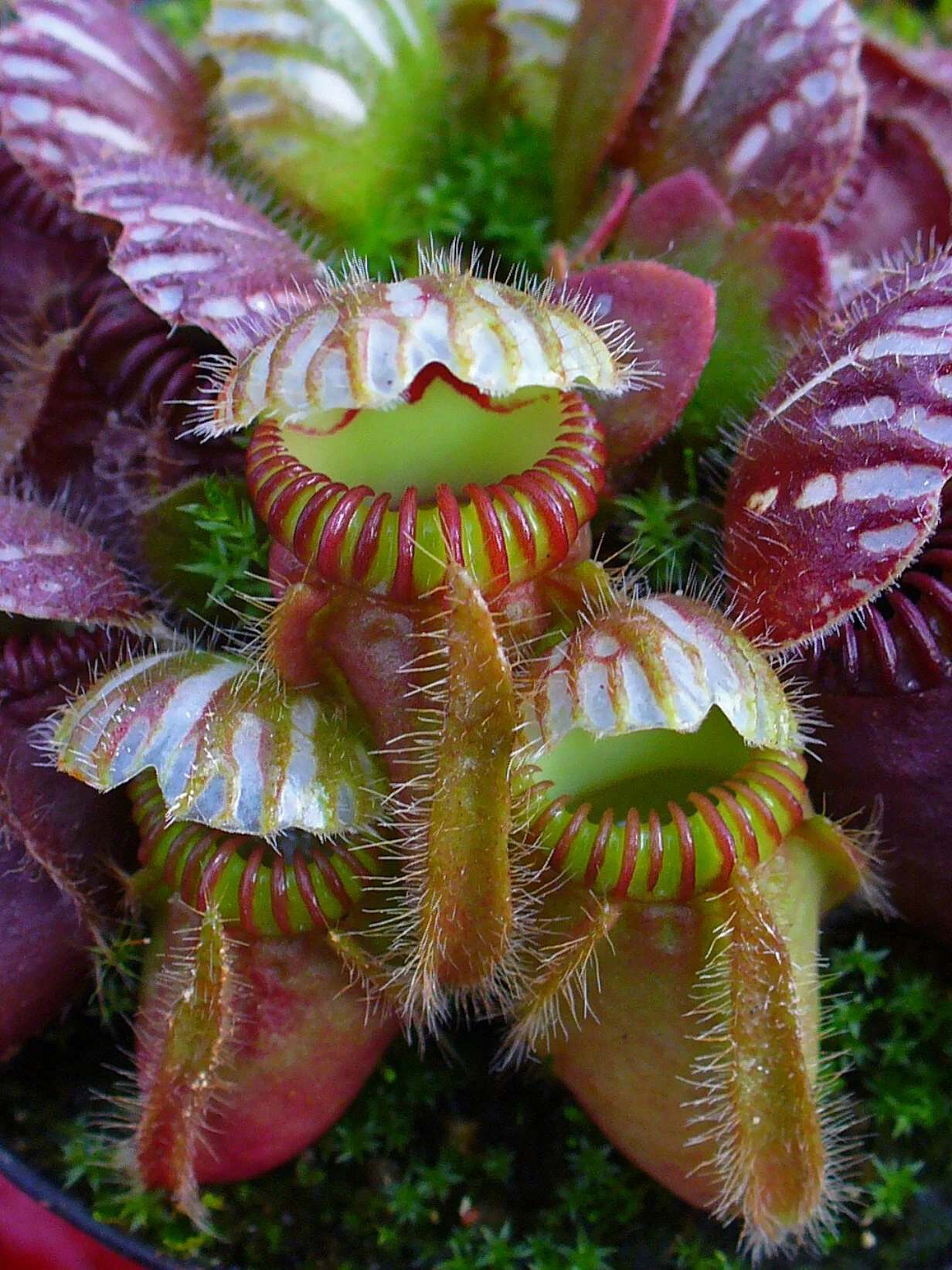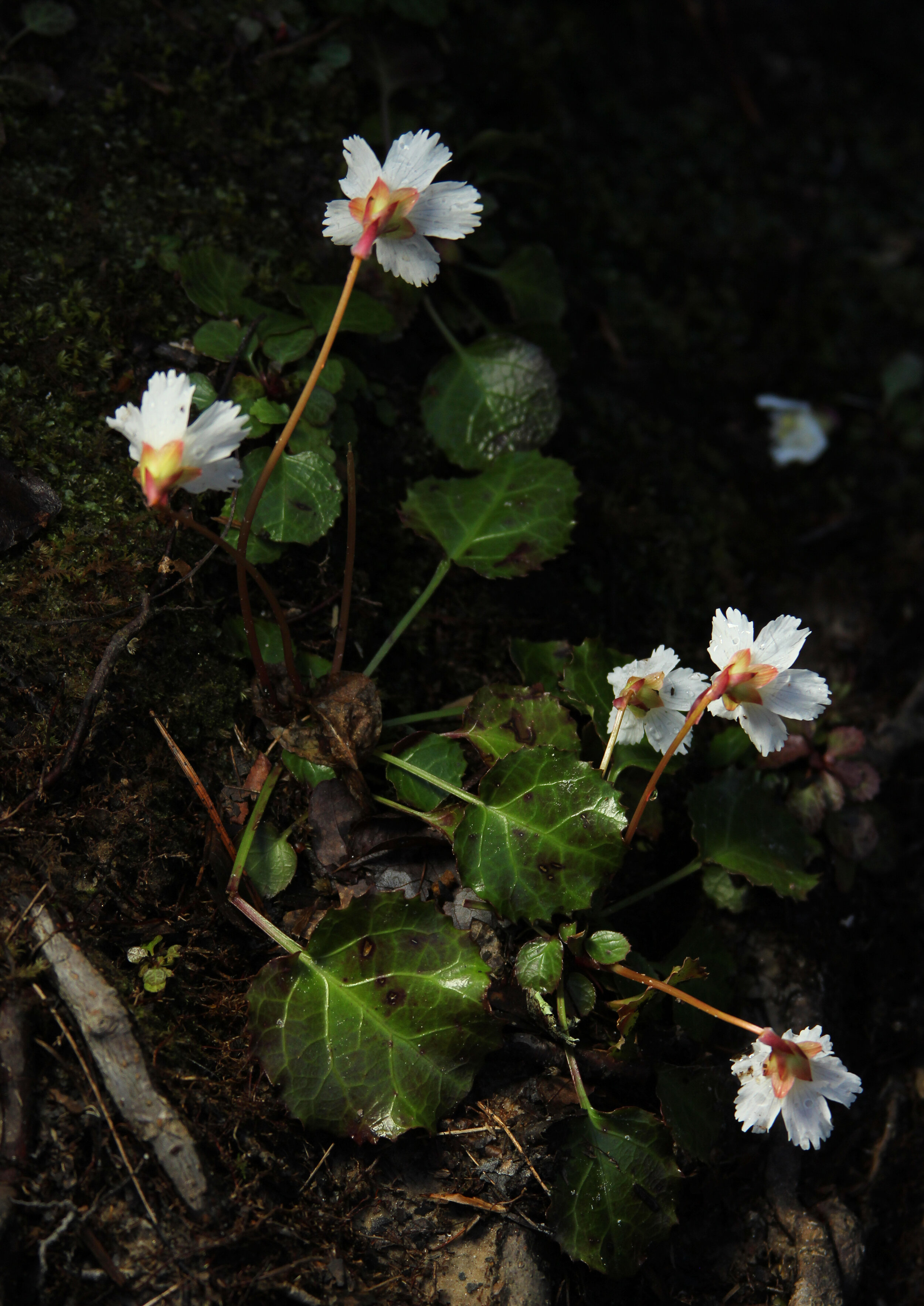Ensuring that pollen from one flower makes it to another flower of that species is paramount to sexual reproduction in plants. It's one of the main drivers of the diversity in shapes, sizes, and colors we see in flowers across the globe. Sometimes the mechanism isn't so obvious. Take, for instance, the flowers of Impatiens frithii.
The flowers of this Cameroonian endemic have been a bit of a puzzle since its discovery. Like all Impatiens, they have a long nectar spur. However, the spur on I. frithii is uniquely curved. This puzzled botanists because most of the Impatiens in this region are pollinated by sunbirds. The curved spur would appear to make accessing the nectar within quite difficult for a bird. Still, just because we can't imagine it, doesn't mean that it's impossible. Something must pollinate this lovely little epiphyte in one way or another. This is where close observation comes in handy.
Thanks to remote cameras and lots of patience, botanists were able to record pollination events. They quickly realized that sunbirds are indeed the primary pollinator of this species. This was a bit of a surprise given the shape of the flower. However, the way in which the flowers deposit pollen on this birds is what is most remarkable. As it turns out, successful reproduction in I. frithii all comes down to that curved nectar spur.
When a sunbird probes the flower for nectar, its beak follows the contour of the spur and this causes the entire flower to twist. As it twists, the anthers and stigma make contact with the chin of the bird. This is unlike other Impatiens which deposit the pollen on top of the heads of visiting birds.
Such an adaptation is quite remarkable in many ways. For one, it is elegantly simple. Such a small alteration of floral architecture is all that is required. Second, by placing pollen on the underside of the head, the plant guarantees that only pollen from its species will ever come into contact with the stigma. This is what we call reproductive isolation, which is an important driver in speciation.
Photo Credit: [1]
Further Reading: [1]
![[SOURCE]](https://images.squarespace-cdn.com/content/v1/544591e6e4b0135285aeb5b6/1487096194923-6C9XB08WH90OLNUZFVD0/image-asset.jpeg)

























